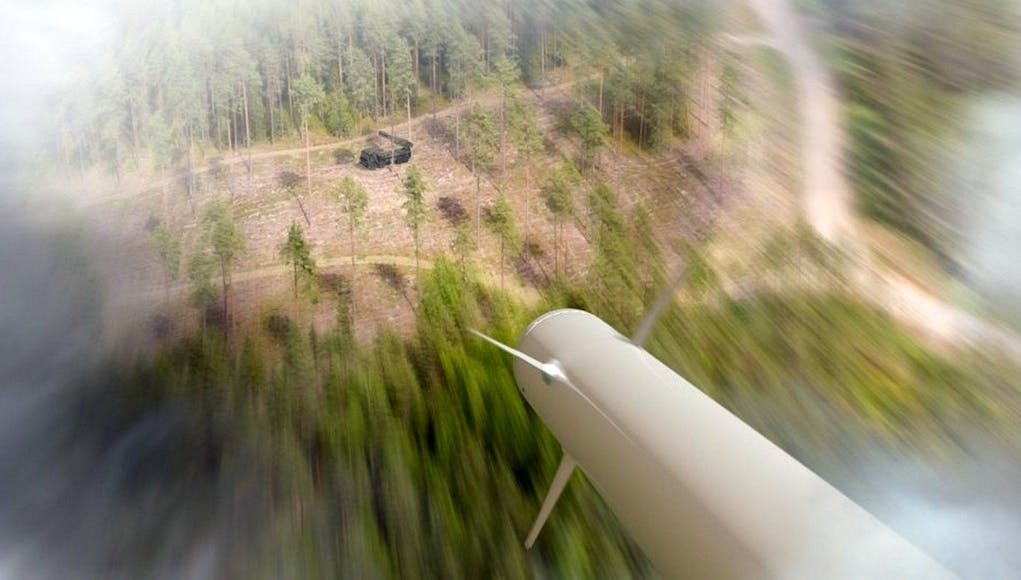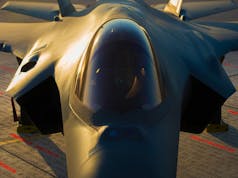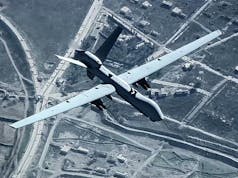The U.S. Defense Advanced Research Projects Agency (DARPA), through the U.S. Air Force Research Laboratory, has awarded BAE Systems a $13.1 million contract to demonstrate a new optical seeker for precision-guided munitions.
BAE say that the seeker is designed to improve navigation, as well as automate target location and homing, for different types of munitions that are used in GPS-denied and other contested environments.
BAE Systems tested the seeker during the first phase of DARPA’s Seeker Cost Transformation (SECTR) programme:
“The SECTR seeker integrates with a wide range of weapon platforms that use munitions and can operate in day or night. It enables autonomous precision guidance via passive electro-optical and infrared sensors in environments where GPS navigation is unavailable or unreliable.”
“Low-cost, precision munitions are critical to our customers, which is why we’ve developed a flexible seeker that radically lowers the cost typically associated with precision guidance,” said Mark Meisner, a chief scientist at BAE Systems.
The company say that the seeker’s open architecture enables highly accurate, competitive, low-cost munitions to be capable of navigating and locating targets in limited-access and denied environments. It provides these munitions with quick-reaction capabilities while meeting stringent cost, size, weight, and power requirements. The open architecture also enables rapid seeker integration into current and new weapon systems.
This phase of the programme will conclude in July 2019 with multiple test firings on several precision-guided munition platforms say the US DoD.














Blimey have read this article twice. Sounds promising. Another example of British ingenuity leading the world.
In this case probably not. British ingenuity does lead the world but in this case all the research and work is very likely done in the USA. On the plus side, in the longer term some profits may flow back to shareholders in the U.K……
How many of them are really in the UK at this stage i wonder. Its like BP, most of its shareholders and employees are now US based.
[…] post DARPA selects BAE Systems for optical seeker contract appeared first on UK Defence […]
It’s like the m777 howitzer, developed by Vickers but Bae liked it so much they bought the company. It seems America has basically took over production leaving Barrow where it was produced with crumbs. If you read US army articles they seem to think it is a pure US weapon.
We don’t seem able to sell it to customers without their permission so maybe it is by default.
There are several causes of that. First US law required it to be built in the US. Both the Senate and Congress would blow a gasket if they weren’t.
The second issue is that when the US DOD payed for the A2 variants development they bought the technical data rights (TDR). Which means that anything related to the A2 has to have both DOD and Congressional export approval. Both of which are unlikely to do so unless the work is done in the US.
The issue that brought this about is when the gun wasn’t adopted by the British Army it meant the only competitive variant to export were the US variants. Which meant US production and there for permission from Congress and the State Department for export to a third party. As their wasn’t an updated variant ready for production in the UK.
The contract was awarded to BAE’s Electronic Systems Office in Nashua, New Hampshire, USA.
Meanwhile in Syria. It appears the Israelis have mastered the optical seeker angle for precision-guided munitions.
https://twitter.com/IDFSpokesperson/status/994625305007607813